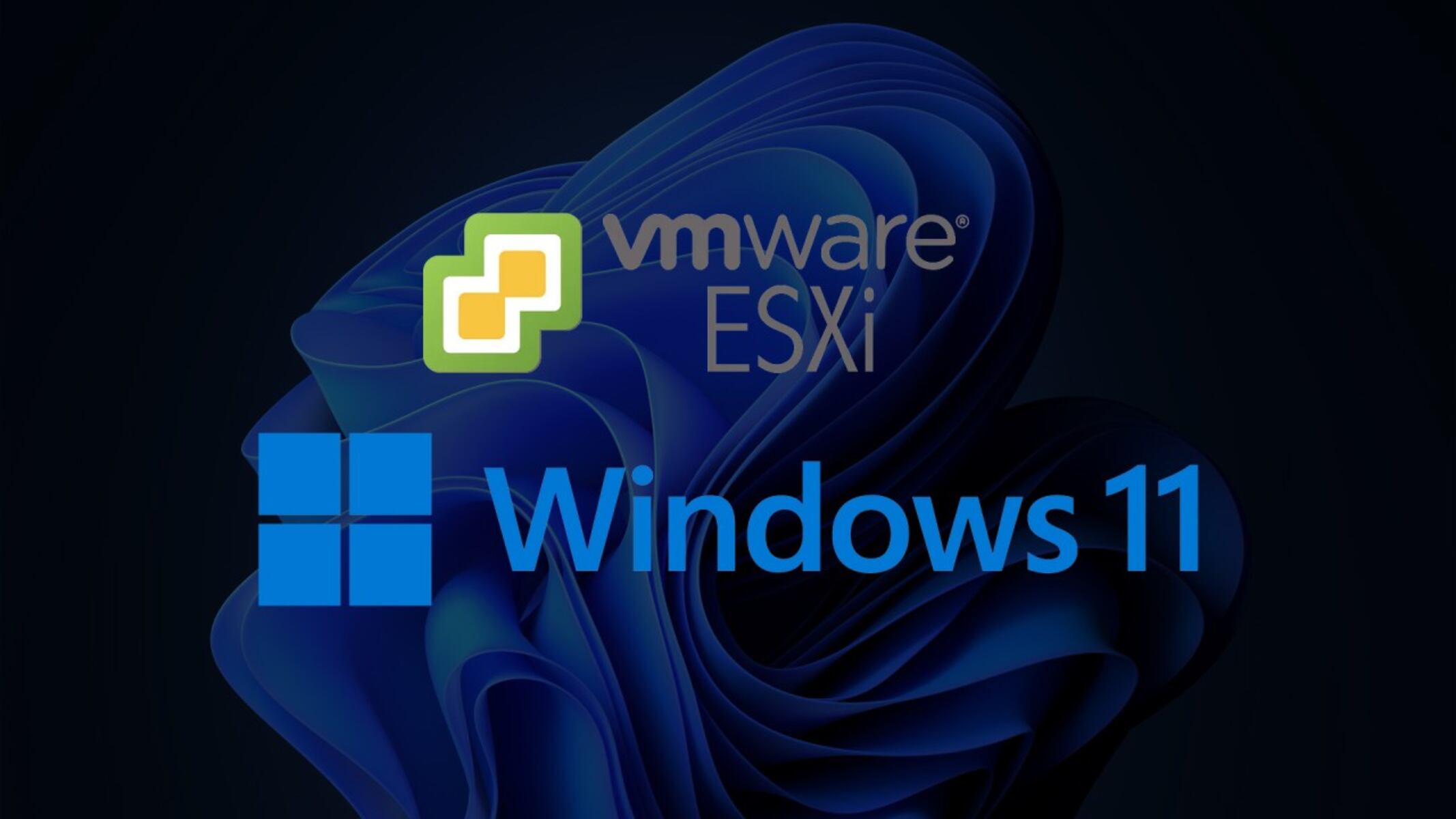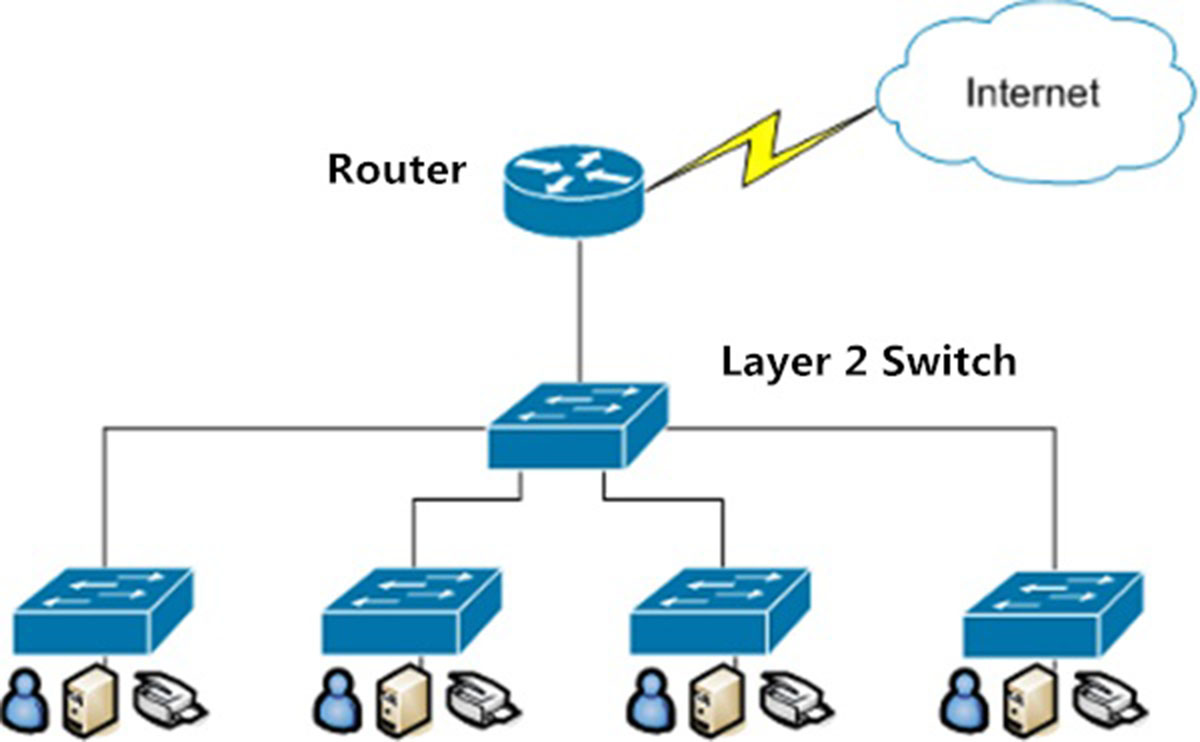Introduction
When it comes to configuring IP addresses for workstations, the process can often be time-consuming and tedious. From manually assigning IP addresses to troubleshooting connectivity issues, network administrators and IT professionals can face multiple challenges. However, there are several services and protocols available that can simplify the workstation IP configuration task, making it more efficient and hassle-free.
In this article, we will explore various services and protocols that can streamline the process of configuring IP addresses for workstations. We will discuss their benefits, functionality, and how they can simplify IP configuration. By understanding these services and protocols, network administrators can choose the most suitable option for their organization, ensuring seamless connectivity and efficient network management.
Whether it’s through automated address assignment or simplified DNS management, these services and protocols play a crucial role in simplifying the workstation IP configuration process. Let’s delve into each of them to gain a better understanding of their capabilities and advantages.
DHCP (Dynamic Host Configuration Protocol)
The Dynamic Host Configuration Protocol (DHCP) is a network management protocol that automates the assignment of IP addresses to network devices. It simplifies the workstation IP configuration process by eliminating the need for manual assignment and reduces the chances of misconfigured IP addresses.
With DHCP, network administrators can centrally manage and allocate IP addresses from a designated pool. When a workstation connects to the network, it sends a DHCP request to the DHCP server, which responds by assigning an available IP address from the pool. This automatic assignment eliminates the need for manual configuration, saving time and reducing errors.
In addition to IP address assignment, DHCP also provides other important network configuration information, such as subnet mask, default gateway, and DNS server addresses. This ensures that workstations receive all the necessary network settings to establish connectivity and functionality.
DHCP offers flexibility in IP address allocation, allowing administrators to customize lease durations. Short leases ensure that IP addresses are recycled quickly, while longer leases provide stability for devices that require a consistent IP address over an extended period.
Moreover, DHCP supports dynamic updates to DNS records. This means that when a workstation receives an IP address through DHCP, it can automatically update the associated DNS record, making it easier for users to access resources by hostname.
Overall, DHCP greatly simplifies the workstation IP configuration task by automating the process of IP address assignment and providing essential network configuration information. Its centralized management and dynamic updates make it an invaluable protocol for efficient network administration.
IPv6 Autoconfiguration
IPv6 autoconfiguration is a feature built into the IPv6 protocol that simplifies the process of configuring IP addresses for workstations. With IPv6, the autoconfiguration process allows devices to automatically assign themselves unique IP addresses without the need for manual configuration or the use of a DHCP server.
When a workstation connects to an IPv6 network, it generates its IPv6 address based on the network prefix provided by the router and its unique MAC address. This process is known as stateless address autoconfiguration (SLAAC). By leveraging SLAAC, workstations can configure their IP addresses quickly and efficiently.
One of the significant advantages of IPv6 autoconfiguration is its ability to eliminate the dependency on DHCP for IP address assignment. Instead of relying on a DHCP server to allocate IP addresses, workstations can generate their addresses independently. This not only simplifies the IP configuration process but also reduces network infrastructure and management complexity.
In addition to autoconfigured IP addresses, IPv6 also provides a feature known as Stateless Address Autoconfiguration (SLAAC) with DHCPv6. With SLAAC and DHCPv6, workstations can not only generate their IP addresses but also receive additional network configuration information such as DNS server addresses and domain search lists from a DHCPv6 server. This hybrid approach combines the benefits of automatic address assignment with the flexibility of obtaining other necessary networking details from DHCPv6.
IPv6 autoconfiguration also supports Privacy Extensions, which enable workstations to periodically change their IPv6 addresses to enhance privacy and protect against unauthorized tracking and monitoring. This feature introduces a temporary address that is used for outgoing connections, while the permanent address remains intact for incoming connections. It provides an added layer of security for workstations.
In summary, IPv6 autoconfiguration simplifies the workstation IP configuration task by allowing devices to generate their unique IP addresses. By eliminating the need for manual configuration and reducing the dependency on DHCP, IPv6 autoconfiguration streamlines the process and enhances network efficiency. When combined with DHCPv6, it provides a flexible and secure approach to IP address assignment and network configuration.
DNS (Domain Name System)
The Domain Name System (DNS) plays a critical role in simplifying the workstation IP configuration process by translating domain names into IP addresses. Instead of manually entering IP addresses, users can access websites, servers, and other network resources using familiar domain names.
DNS acts as a distributed database that stores information about domain names and their corresponding IP addresses. When a user enters a domain name in a web browser, the DNS system is queried to retrieve the corresponding IP address. This eliminates the need for users to remember and enter lengthy IP addresses manually.
By utilizing DNS, network administrators can easily manage and update IP addresses associated with domain names. In large networks where IP addresses frequently change, DNS simplifies the task of updating the IP address records. This ensures that workstations can access the correct resources, even when the corresponding IP addresses have changed.
DNS also supports the concept of DNS zones, which allow for efficient management of domain names and IP addresses within specific administrative boundaries. This makes it easier for network administrators to organize and control IP address assignments and domain name resolution.
Furthermore, DNS provides support for round-robin load balancing, which allows for the distribution of workload across multiple servers with the same domain name. This increases the availability and reliability of network services by evenly distributing client requests among the available servers.
In addition to translating domain names to IP addresses, DNS also supports reverse DNS lookup. It allows network administrators to retrieve the domain name associated with a given IP address. This feature is particularly useful for troubleshooting network connectivity issues or identifying the source of suspicious network activity.
In summary, DNS simplifies the workstation IP configuration process by providing a user-friendly method of accessing network resources using domain names. By eliminating the need for manual entry of IP addresses and enabling efficient management of domain names and IP associations, DNS enhances network usability and ease of administration.
APIPA (Automatic Private IP Addressing)
APIPA (Automatic Private IP Addressing) is a feature primarily used in Microsoft Windows operating systems that allows workstations to automatically assign themselves an IP address when a DHCP server is not available or unreachable. APIPA helps simplify the workstation IP configuration process by providing a fallback option for network connectivity.
When a workstation is unable to obtain an IP address from a DHCP server, it enables APIPA, which assigns the workstation a private IP address from the range of 169.254.0.1 to 169.254.255.254. This range is reserved for APIPA and ensures that assigned IP addresses are unique within the local network segment.
APIPA is designed to provide basic network connectivity for devices in scenarios where manual configuration or DHCP server availability is limited. It allows workstations to communicate with other devices within the same network segment that are also configured with APIPA addresses.
APIPA addresses are temporary and do not offer external connectivity to the internet or other network segments. If a DHCP server becomes available, the workstation will automatically attempt to obtain a proper IP address from the server and deactivate the APIPA address.
One of the advantages of APIPA is its simplicity. With APIPA, network administrators don’t need to worry about manual IP address configuration or complex network settings in situations where DHCP servers are inaccessible or not deployed. It allows workstations to establish a basic level of network connectivity quickly and effortlessly.
However, it’s important to note that APIPA addresses should not be relied upon as a long-term solution. While it can provide temporary connectivity, APIPA does not offer the full range of network features and security provided by DHCP-assigned addresses. Therefore, in a properly functioning network, efforts should be made to rectify DHCP-related issues to ensure the assignment of valid IP addresses.
In summary, APIPA simplifies the workstation IP configuration process by automatically assigning private IP addresses when DHCP server availability is limited. It provides basic network connectivity within a local network segment, allowing workstations to communicate with other devices. While beneficial as a temporary solution, it is important to fix DHCP issues to ensure the proper assignment of valid IP addresses for optimal network functionality.
PPPoE (Point-to-Point Protocol over Ethernet)
PPPoE (Point-to-Point Protocol over Ethernet) is a protocol that simplifies the workstation IP configuration process in scenarios where an internet connection requires authentication. It enables the encapsulation of PPP frames within Ethernet frames, allowing workstations to establish a secure and authenticated connection to an ISP (Internet Service Provider).
PPPoE is commonly used in DSL connections, where users authenticate themselves before accessing the internet. It eliminates the need for users to manually configure network settings, such as IP addresses and DNS servers, by automating the process through the PPPoE protocol.
When a workstation connects to an ISP using PPPoE, it establishes a PPP session over the Ethernet connection. The PPP session provides authentication and negotiation of network parameters, including the assignment of an IP address. This simplifies the configuration process for users, as they don’t have to enter these details manually.
PPPoE also offers benefits in terms of secure and efficient data transmission. It provides encryption and authentication mechanisms, protecting sensitive information from unauthorized access. Additionally, PPPoE supports the fragmentation of large data packets, enabling more efficient transmission over Ethernet networks.
Furthermore, PPPoE allows for a single network connection to be divided among multiple virtual connections, which is especially useful in scenarios where different users or devices require separate authenticated connections to the ISP. This enhances network flexibility and improves resource utilization.
In addition to simplifying IP configuration for end-users, PPPoE enables ISPs to efficiently manage IP address allocation. By assigning IP addresses dynamically through PPPoE, ISPs can reuse IP addresses and optimize their IP address allocation strategies, reducing waste and ensuring scalability.
While PPPoE offers several advantages in simplifying IP configuration, it is important to note that it introduces additional overhead due to encapsulation. This can result in slightly lower network performance compared to direct Ethernet connections. However, the benefits of secure authentication and efficient resource utilization often outweigh the minimal performance impact.
In summary, PPPoE simplifies the workstation IP configuration process by automating the authentication and negotiation of network parameters. It provides secure and efficient data transmission, supports multiple virtual connections, and enables ISPs to optimize IP address allocation. Despite the slight performance impact due to encapsulation, PPPoE is a valuable protocol for simplifying IP configuration, particularly in DSL connections requiring authentication.
Zeroconf (Zero Configuration Networking)
Zeroconf, also known as Zero Configuration Networking, is a set of protocols that simplifies the workstation IP configuration process by enabling devices to automatically discover and configure network services without manual intervention. It eliminates the need for complex network configuration by providing automatic address assignment, name resolution, and service discovery.
With Zeroconf, workstations can dynamically assign IP addresses to themselves without relying on a DHCP server. The protocol responsible for this automatic address assignment is called Link-Local Addressing (LLA). When a workstation connects to a network, it assigns itself a unique IP address from the reserved link-local address range (169.254.0.0/16). This address is only valid within the local network and is not routable.
In addition to IP addressing, Zeroconf facilitates name resolution through the Multicast DNS (mDNS) protocol. Instead of relying on a centralized DNS server, devices within a network can resolve hostnames to IP addresses by broadcasting queries and responding to them locally. This allows workstations to access resources by hostname without the need for manual DNS configuration.
Zeroconf also includes the Service Discovery (DNS-SD) protocol, which enables devices to discover and utilize network services available within the local network. By broadcasting service advertisements and responding to queries, workstations can automatically detect and connect to services such as printers, file servers, and media devices without the need for manual configuration or knowledge of specific IP addresses.
Zeroconf simplifies the workstation IP configuration process by providing a seamless experience for users, who can connect their devices to a network and immediately access available services without any additional setup. This is particularly beneficial in environments where users have limited technical knowledge or where network infrastructure changes frequently.
However, it’s important to note that Zeroconf is primarily designed for small, local networks and may not be suitable for larger, complex network environments. As the network scales and becomes more intricate, additional configuration and management tools may be required to ensure optimal performance and security.
In summary, Zeroconf simplifies the workstation IP configuration process by automating address assignment, name resolution, and service discovery. It eliminates the need for manual intervention and complex network configuration, providing a seamless user experience. While best suited for small, local networks, Zeroconf offers a convenient solution for simple network setups and enhances the ease of connecting and utilizing network services.
Conclusion
In the realm of workstation IP configuration, several services and protocols exist to simplify and streamline the process. From DHCP and IPv6 autoconfiguration to DNS, APIPA, PPPoE, and Zeroconf, each option offers unique capabilities and benefits for network administrators and end-users.
DHCP stands out as a widely used protocol that automates IP address assignments and provides essential network configuration information. It eliminates manual configuration and reduces the chances of misconfigured IP addresses.
IPv6 autoconfiguration simplifies IP configuration by allowing devices to generate their unique IP addresses. It eliminates the dependency on DHCP and offers flexibility and privacy options.
DNS plays a critical role in simplifying IP configuration by translating domain names into IP addresses, making it easier for users to access resources by familiar names instead of numeric IP addresses.
APIPA offers a fallback option for IP address assignment when DHCP servers are not available. It provides basic network connectivity within a local network segment, simplifying network configuration in challenging scenarios.
PPPoE simplifies IP configuration in scenarios where internet connections require authentication. It automates the process through encapsulation, allowing workstations to establish secure and authenticated connections with ISPs.
Zeroconf simplifies IP configuration by enabling devices to automatically discover and configure network services without manual intervention. It automates address assignment, name resolution, and service discovery within local networks.
Overall, each service and protocol discussed in this article contributes to simplifying the workstation IP configuration process. Network administrators can choose the most suitable option based on their network requirements and infrastructure. By leveraging these services and protocols, the IP configuration process becomes more efficient, user-friendly, and seamless, enhancing network usability and reducing the chances of configuration errors.
It’s important for network administrators to choose the right combination of services and protocols based on their specific network environment and requirements. By doing so, they can streamline the IP configuration process, optimize network connectivity, and ensure efficient management of IP addresses and network resources.

























